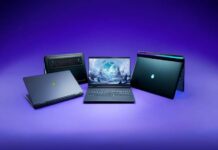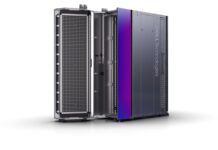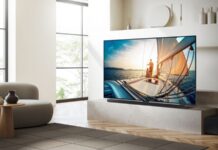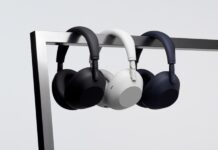Gone are the days when a fancy office was the most important thing on the agenda. Technology means virtual offices are fast becoming the norm and Samsung’s DeX will change the way you manage your business day
The advent of the technological revolution has been changing the face of the workplace for decades. While computer technology and automated systems have created different work spaces, modern communication technology has made way for even greater change, rendering physical offices non-essential for many businesses.
Craige Fleischer, Vice President of Integrated Mobility, Samsung South Africa, says, “More and more people are opting out of conventional office spaces – it’s a mobile world and to ensure customers can fully embrace true mobility, our products are all geared towards seamless transitions that fit perfectly into the unique needs and behaviours of our customers.”
The average amount of office space required for a person is 10-25 square metres and a one-person office will cost anything from R3,000 per month. While ‘hotdesking’ is becoming more popular, where office spaces and desks are offered up on a daily, weekly or monthly basis for entrepreneurs or freelancers who don’t have their own office space, this also comes at a cost. The average cost of a cup of coffee is just R30 and if you spent an entire day at a coffee shop working, buying a few cups of coffee and a small meal (which you’re likely to buy anyway, wherever you are based), you’re unlikely to spend more than R250. While that may be a little more expensive than the cheapest office space you can find, it does offer far more freedom and no monthly rental bill. That’s just the monthly rental. Start-up costs will also include all the funky or elegant furniture you’ll require to make that great impression.
Then there’s commuting – with no office, there’s no need to make the convoluted and frantic drive in to work, which according to a report released by KPMG, using TomTom Traffic Index in 2017, costs the average person a minimum of six days of production time a year.
But, if you’re spending all your time in a coffee shop or at home lugging a computer to a client’s office to present simply isn’t a great option. Smartphones have paved the way for mobility in business to be a highly viable option – not just for phone calls and e-mails, but also for any of the usual business tools required, from spreadsheets to presentations. When it comes to presenting the grand plan or strategy to a client, however, using a mobile screen, even if it is the S9 of S9+, simply won’t be big enough for a room full of people. Which is why Samsung have updated the DeX station to a DeX Pad.
Imagine the scenario – you’ve ditched the office idea and have found a great coffee shop that’s close by and has wi-fi. You can spend all day there working just on your smartphone, getting a lot of your work done. To fine-tune or present your work, simply pop home or to your client’s offices, place your smartphone in the DeX pad and you’re good to go. It’s a plug-and-play system that allows you to use the power of your phone to run a desktop environment. With the DeX Pad, your smartphone lies on top, which means you can use the phone as a tracking pad, so there’s no need for a mouse at all.
“When you dock your Samsung Galaxy S9 onto the DeX Pad, it will give you a desktop layout on the screen you’ve connected, which is arranged like a conventional Windows display, but still all Android. Samsung DeX lets you connect your Galaxy S9 and S9+ to a monitor and keyboard for a desktop experience powered by your phone. So, you can turn any place into a workplace,” concludes Fleisher.
The Galaxy S9 and S9+ are laid flat on top of the Pad, where it’s tethered via the USB Type-C connection. There are additional ports consisting of an HDMI, two USB-A 2.0 ports and a USB-C charging port on the back of the pad. The new DeX Pad bumps up the desktop experience’s resolution up to 2560 x 1440 pixels, for and exceptional desktop experience. Ditching the office has never been so easy.
Post provided by Samsung SA




























